Free Shipping on all rugs. Easy Returns. Best rug prices guaranteed.
 US ($USD)
US ($USD)
Rug Construction Techniques: Everything You Need to Know
- Home
- Tabrizi Rugs Blog
- Tabrizi Rugs Blog
- Rug Construction Techniques: Everything You Need to Know
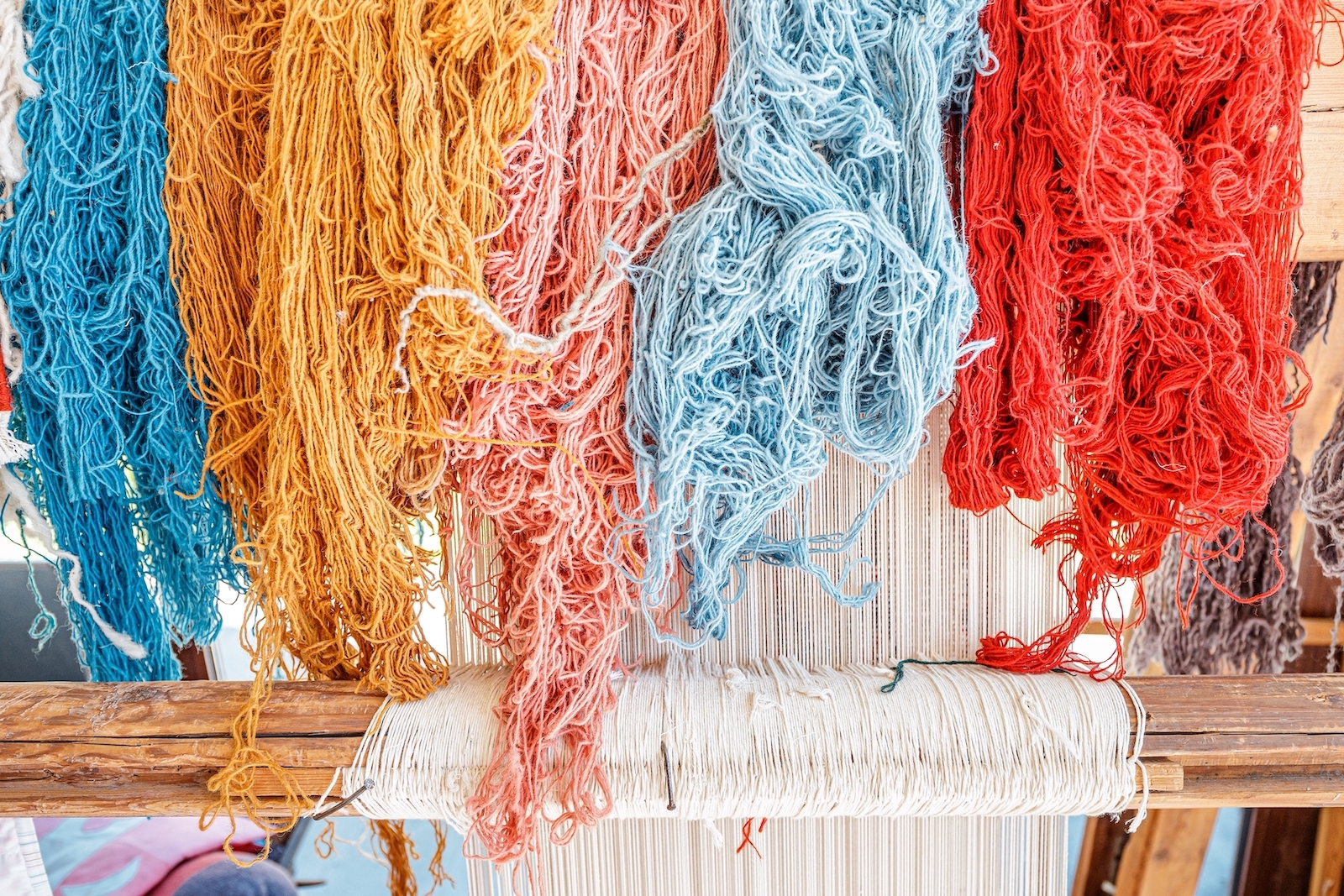
Many of the qualities you look for in a rug begin with the weave. The way a rug is put together determines its beautiful appearance, luxurious feel, and durability.
Rugs are a showcase of your style. Coming in a wide variety of textures, colours, and patterns, they finish the appearance of a space.
While considering the pattern and colour schemes of your rug, don’t overlook the way the rugs are actually made. The method used to create a rug can determine its attributes and aesthetic more than any other factor.
If you are aware of these techniques and what they mean for a rug, you can make a wiser choice with your purchase. Here are the rug-making methods that are most common.
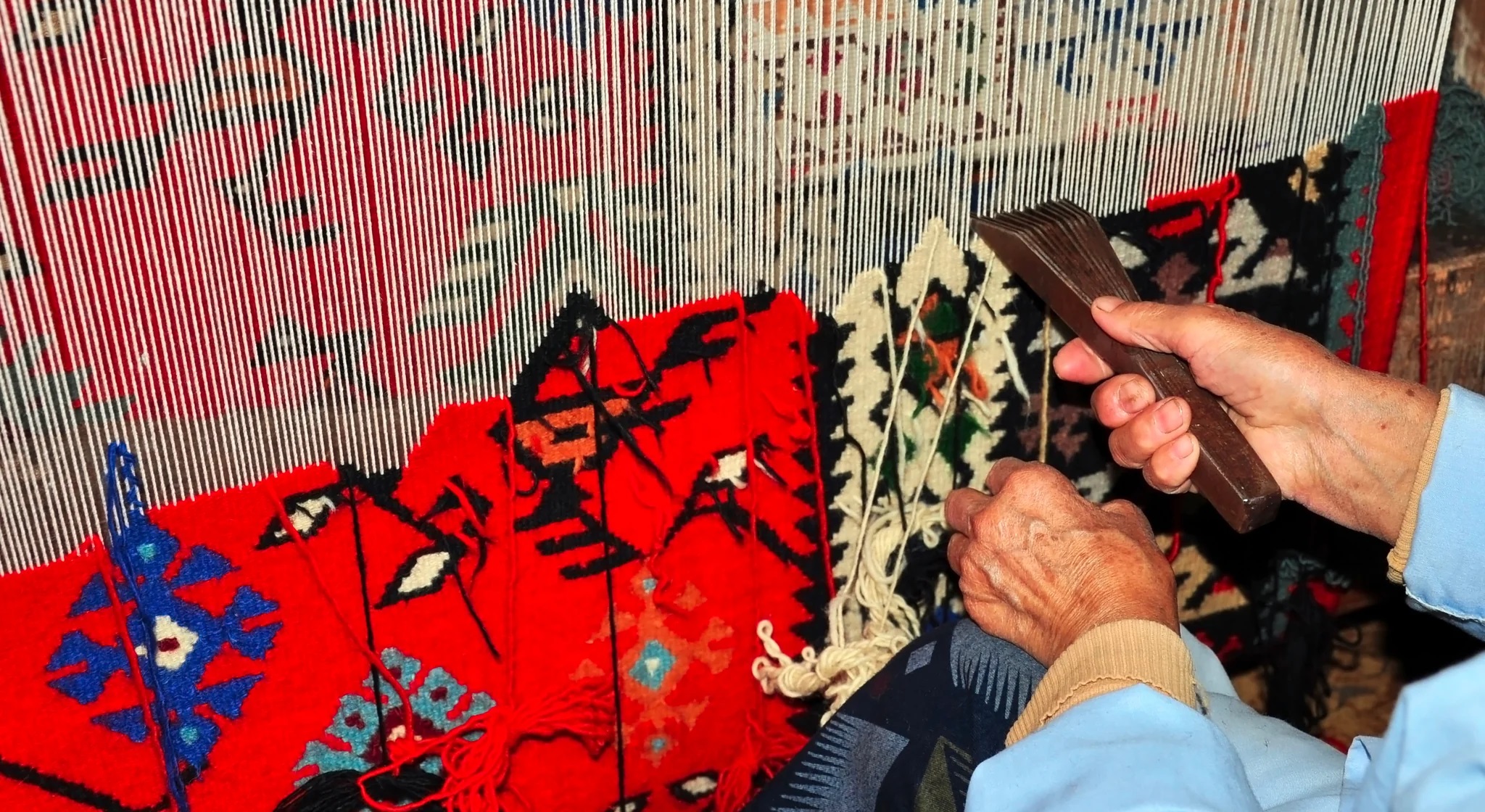

Hand-Knotting
The most traditional technique is hand-knotting, which has its roots in the ancient East and is used to make classic Persian rugs. This art form is also the most time-consuming method of creating rugs. Rug-makers first construct the base by weaving weft onto the warp after attaching warp threads to a loom. The rug maker will tie tiny knots around each warp strand individually while they sew on the wefts. The horizontal yarn is threaded onto the left side of the warp yarn and is then curved back out onto the right side of the warp to make these knots. The weaver then moves the weft to the front on the left side of the second warp, bringing it back left behind the next warp. After that, the expert can cut the yarn, and one knot is finished. Unsurprisingly, this delicate art form is time-consuming and one of the best methods for creating rugs. One rug can take the artisans anywhere from a few months to more than a year to complete. To keep to this schedule, several people will need to work on a huge rug.
Recommended: Shop Hand Knotted Rugs


Hand Weaving
Similar to hand-knotting, this technique of rug making is an old, traditional, and reliable method. A loom machine is required for this procedure. The rug maker inserts the horizontal weft between the top and bottom warp sheets, building on a framework of two layers of vertical warp yarn. The rug maker pulls the beater, a movable front section of the loom, in the direction of the expanding rug to press in each new weft line. In this manner, the weave is prevented from having any significant gaps that could affect the strength of the finished rug. Rugs can also be created via flat weaving without the need of a base fabric. These carpets serve as both the foundation and the design in one, and since they have no backing, you can lay them down on either side. Their lack of pile and smoother texture, which also adds to their durability, lead to their classification as flat. If the professional slightly modifies the procedure, flat weaves may have a more heaped surface. The yarns rise to form a pile when a pipe or rod is inserted into the loom's space between the two warp sheets. After alternately adding rods and weft to the rug, the rug makers have the option of leaving the yarn loops intact or cutting them.
Recommended: Shop Hand Woven Rugs


Hand Tufting and Hand Hooking
Hand-hooked and tufted carpets that are well-made also have exceptional resilience and eye-catching patterns. An artist wraps yarn through a canvas backing, rather than knotting it, using a single-needle tufting tool (gun) or a hand hook. The canvas backing is then covered in a layer of latex, and another backing helps to secure the stitches. In hand-hooked patterns, looped yarn forms the rug's surface and can be adjusted to provide a variety of effects. Smaller loops enable detailed detail, whereas larger loops produce a velvety, richly textured rug. Some of the most fascinating designs produce dimensional patterns using two or three various loop heights. The looped surface is sheared during the making of tufted carpets to produce a flat, dense pile that is velvety and soft but incredibly strong. Numerous rugs combine looped and tufted (or "cut") pile, creating a surface that is sculpted and has depth. Compared to hand-knotted patterns, hand-hooked and hand-tufted rugs are less expensive.
Recommended: Shop Tufted Rugs
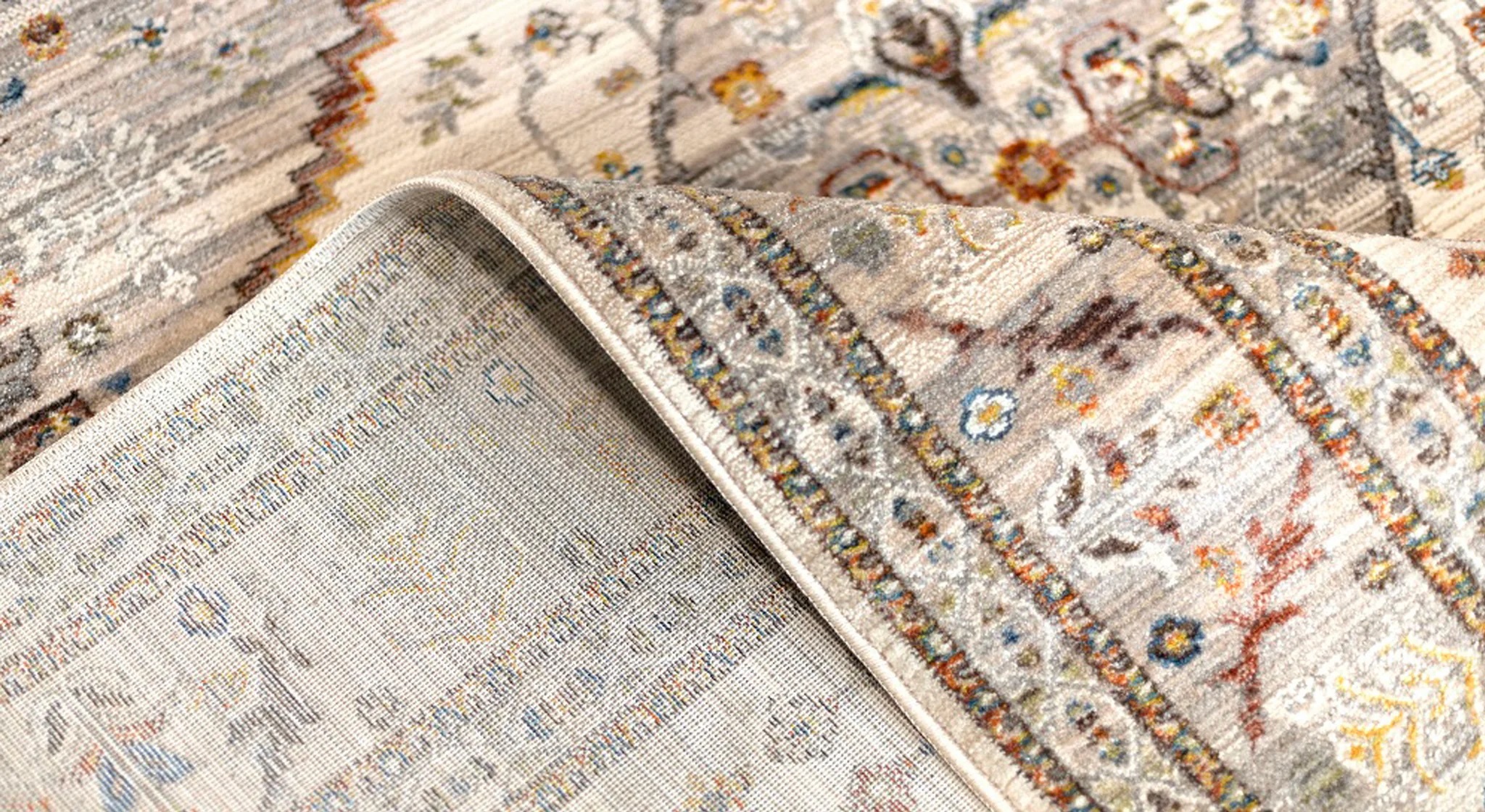

Power Loom Weaving
Power loomed carpets are typically the most affordable and frequently have incredibly exact designs because they are woven by computer-controlled machinery. Similar to tufted and looped rugs, the technique involves inserting threads into a fine mesh backing, which is then sealed and protected with latex. A power-loomed rug from a reputable producer can last up to 10 years if kept properly.
Recommended: Shop Power Loomed Rugs
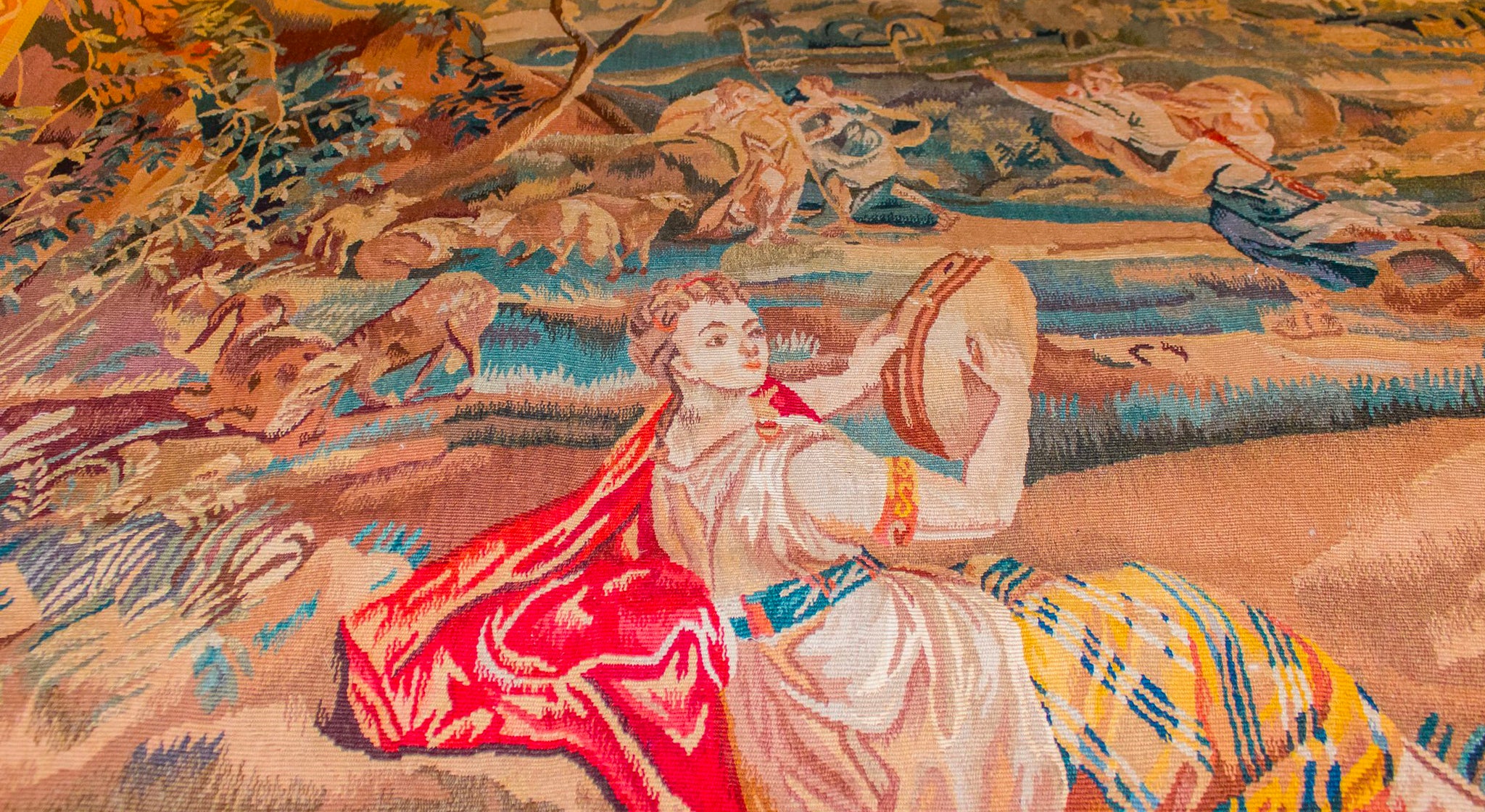

Needle Point
The traditional needlework weaving method, which is used to construct goods used on a daily basis including furniture, carpets, and artwork, was employed to make needlepoint rugs. But it has an interesting past, both as a pastime and as a business. Needlepoint has also been employed to make exquisite carpets in the past. These carpets are long-lasting and significant in carpet history. Researchers and archaeologists believe that needlepoint dates back to roughly 1500 BC. The original needlepoint included the delicate diagonal stitches that the ancient Egyptians used to weave tents together. Eventually, the craft changed into tapestry weaving. But because a tapestry uses a loom and a vertical warp, it differs greatly from needlepoint.
Recommended: Shop Tapestry & Needle Point Rugs
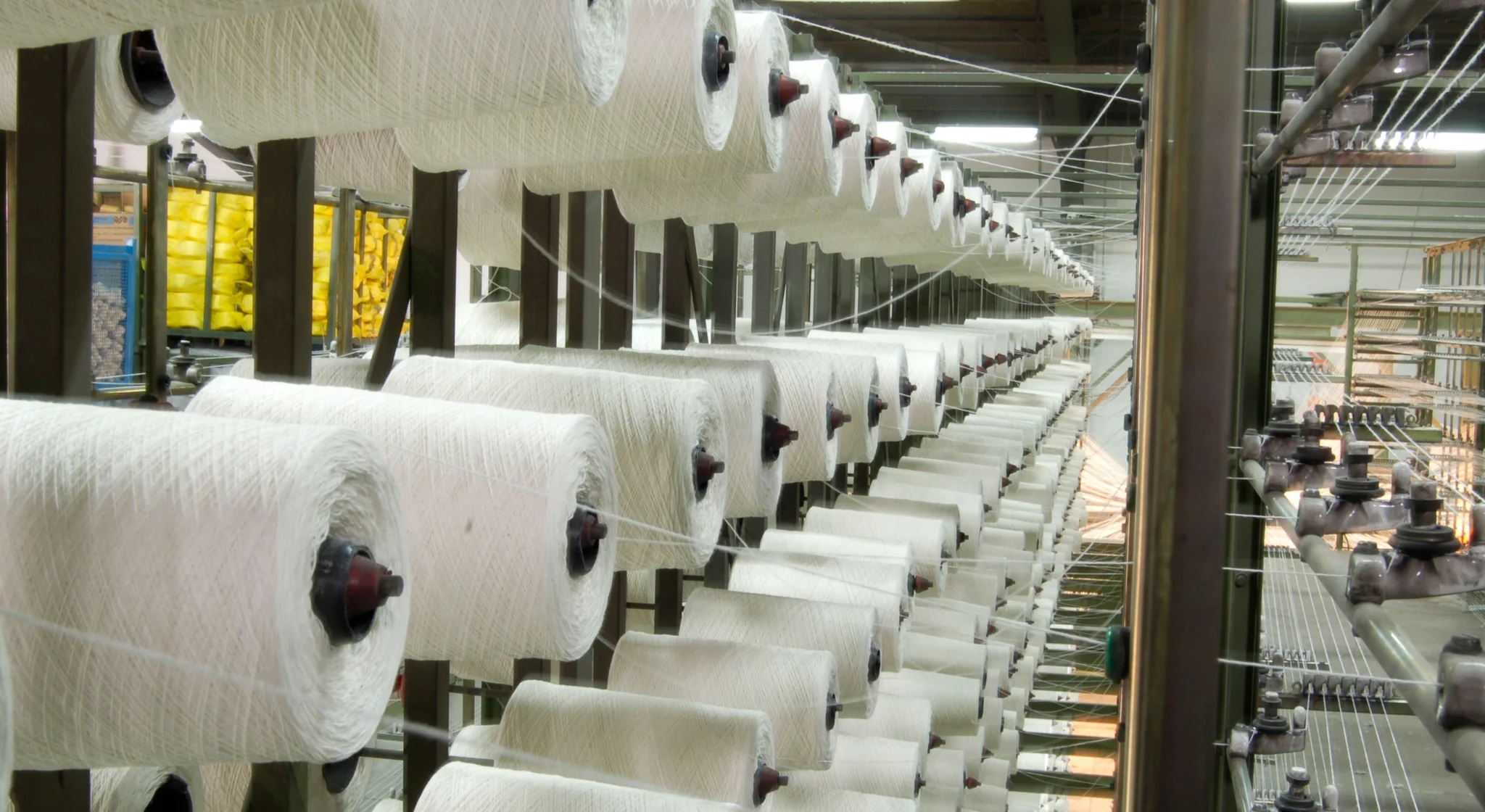

Machine Making
The most widely used rug-making method nowadays is probably machine making, which covers the whole sector. Machines can produce finished rugs in a short amount of time of its handcrafted versions since they can loom, weave, hook, and tuft. Through the use of computer-aided design technology, automated weaving machines are capable of producing a wide range of complex designs with extreme precision. Machines reduce rug flaws and potential problems as a result. If they are properly cared for, they may last decades. Speaking of which, compared to more delicate hand-made carpets, their diversity in material composition, including natural and/or synthetic fibres, might make them easier to keep and clean.
Recommended: Shop Machine Made Rugs
Keep in mind...
The way the rug was created is just as important as the material it is composed of. Consider the appearance and durability of each rug type when it's time to buy a new rug then you'll bring home a style that won't let you down. To learn more about what makes a rug high quality, check out our pros and cons of each rug material.
Categories
Recent Posts
 CA ($CAD)
CA ($CAD) 